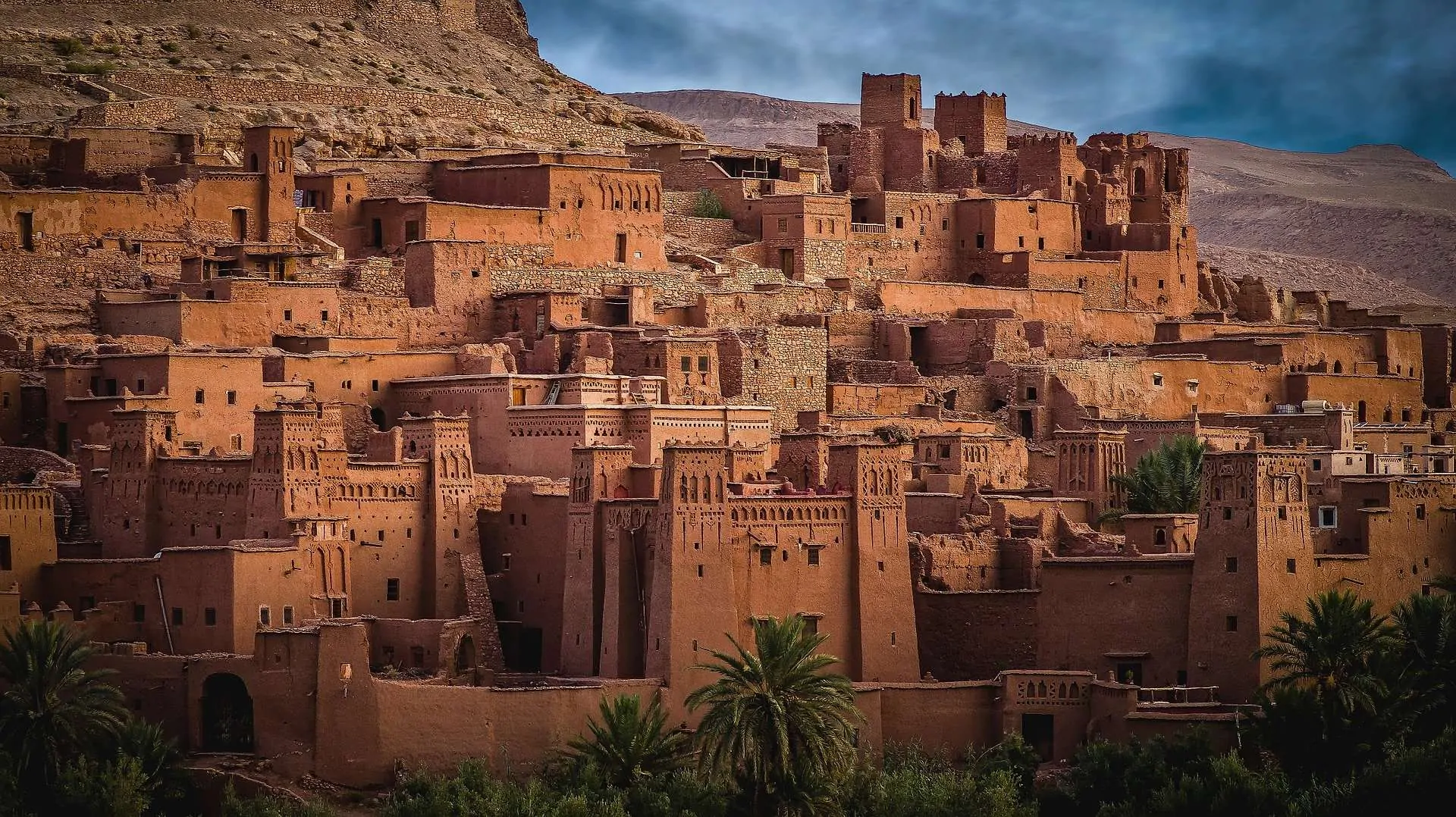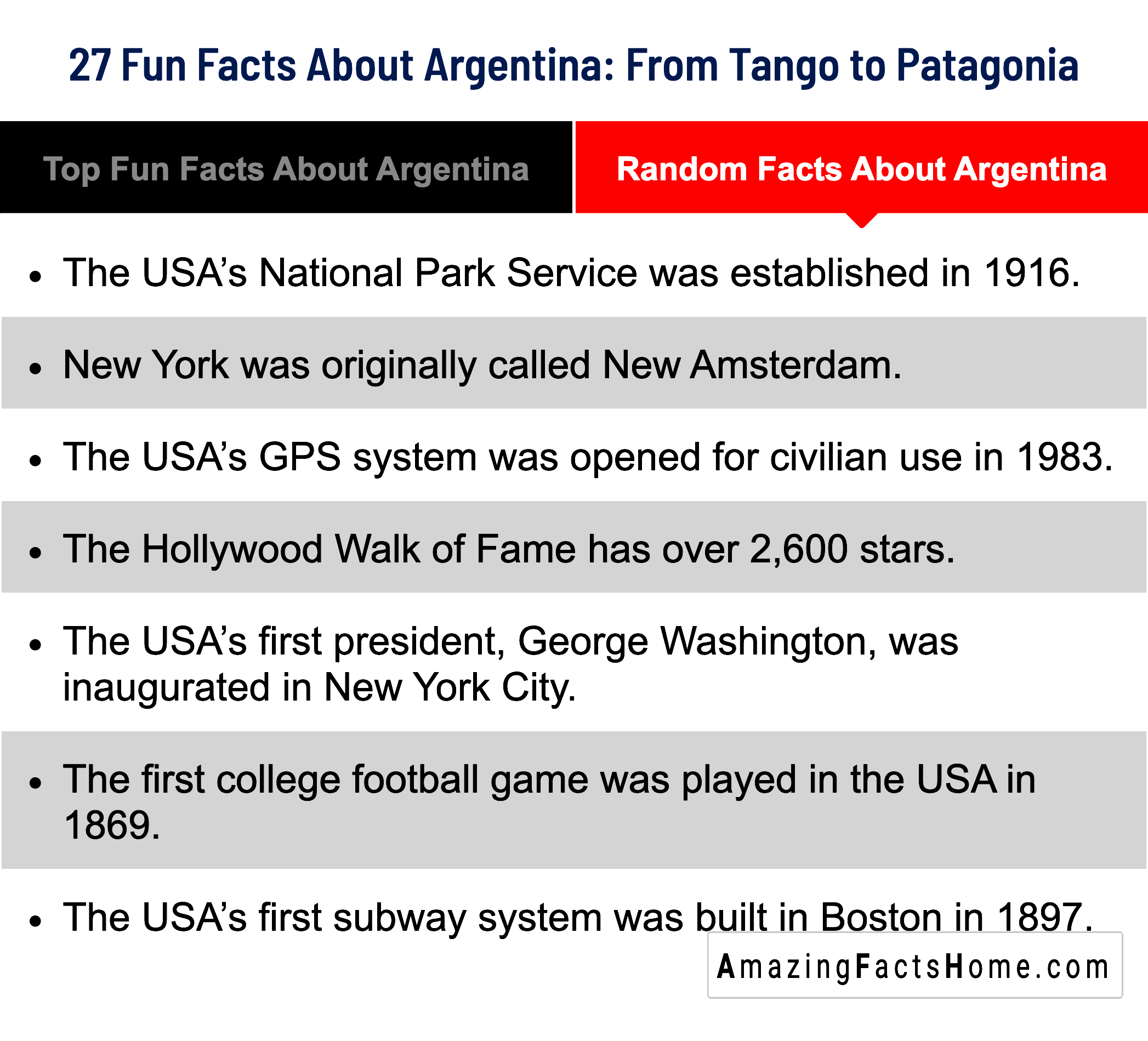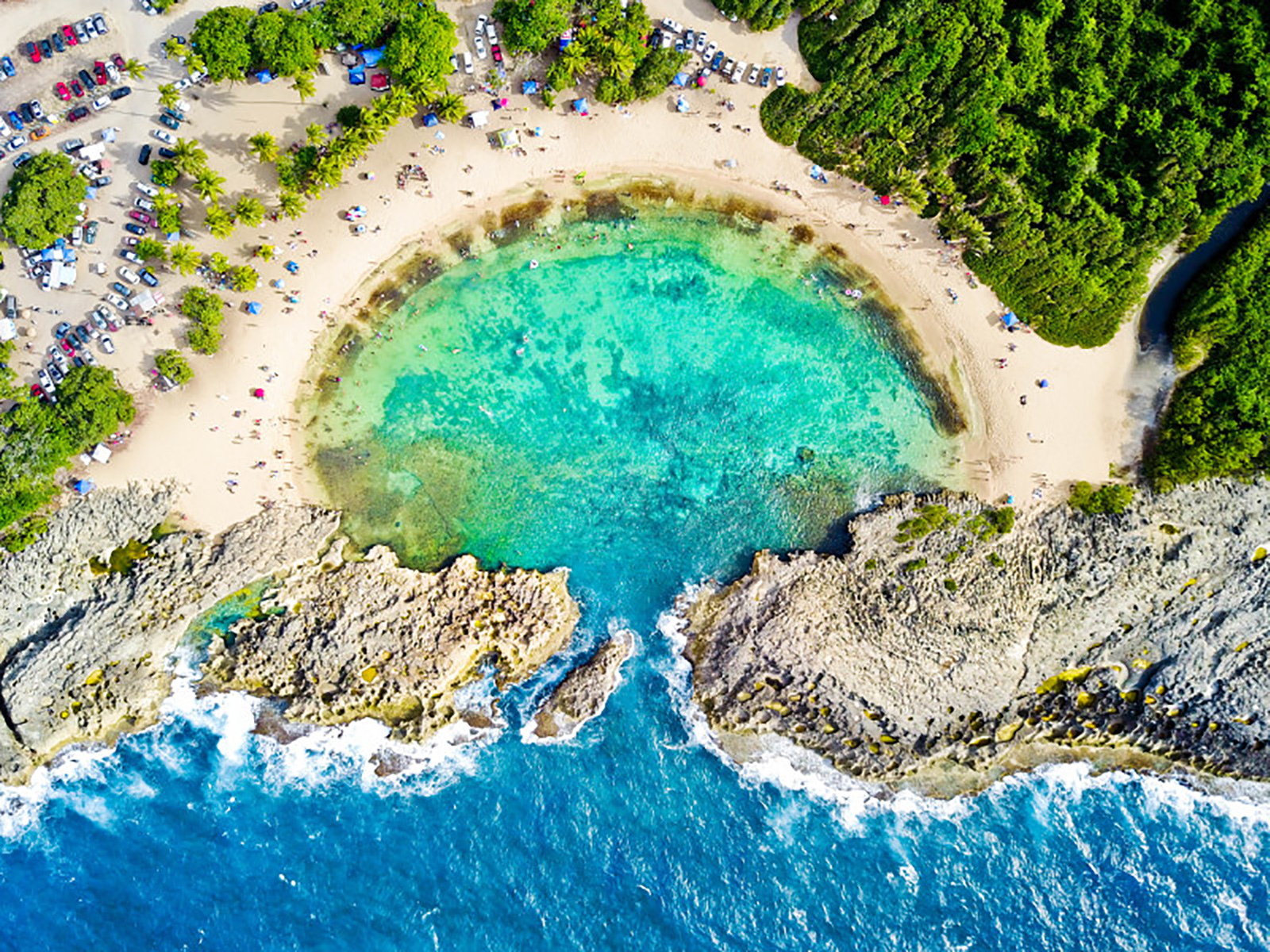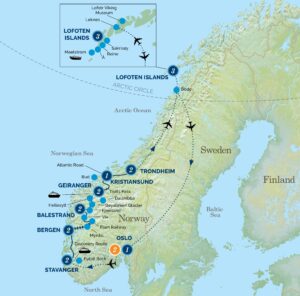Morocco, a land of mesmerizing landscapes and a rich tapestry of culture, history, and tradition, beckons travelers and curious minds alike. Nestled at the crossroads of Europe and Africa, its geographic location has fostered a unique confluence of influences that permeate every facet of Moroccan life. Whether you’re drawn by the vibrant souks, the majestic Atlas Mountains, or the historic cities steeped in antiquity, Morocco promises an immersive experience that tantalizes the senses. Here are some amazing facts about this enchanting nation that promises to shift your perspective and pique your curiosity.
1. A Mosaic of Cultures
Morocco’s culture is a vibrant tapestry woven from Berber, Arab, and French threads. This diversity is not just a point of pride but a historical narrative that has evolved over millennia. The Berbers, the indigenous people of North Africa, have inhabited these lands for over 4,000 years, infusing their traditions into the region. Meanwhile, Arab influence commenced in the 7th century with the advent of Islam, shaping the country’s religion, language, and customs. The French protectorate from 1912 to 1956 introduced a European flair to the culinary and architectural landscape, resulting in a unique blend that is distinctly Moroccan.
2. A Tapestry of Languages
Morocco is a linguistic bastion where Arabic and Amazigh (Berber) are the official languages. However, the linguistic landscape doesn’t end there. French serves as a key language of administration and diplomacy, while Spanish is spoken in the northern regions, courtesy of historical ties. This linguistic diversity is emblematic of the country’s multifaceted identity, allowing for a pronounced richness in communication, literature, and poetic expression.
3. The Allure of Culinary Delights
No exploration of Moroccan culture is complete without a dive into its extraordinary culinary scene. Moroccan cuisine is a gastronomic kaleidoscope that features an array of spices such as cumin, coriander, and saffron, each bringing depth and character to the dishes. The ubiquitous tagine—a slow-cooked stew named after the earthenware pot it’s cooked in—captures the essence of Moroccan cooking. Sweet-and-savory combinations, thoughtful presentation, and communal dining experiences define meals, making them a cornerstone of Moroccan hospitality.
4. The Architectural Marvels
The architectural prowess of Morocco reflects its historical significance and aesthetic sensibilities. From the intricate tile work of zellige to the grandeur of intricately carved wood and stucco, each element tells a story. The medinas of cities like Marrakech and Fez, with their labyrinthine alleys, offer a glimpse into the past with their ancient buildings and bustling marketplaces. Notably, the Koutoubia Mosque in Marrakech, with its iconic minaret, stands as a highpoint of Islamic architecture, not just for its beauty but also as a pillar of the spiritual life of the city.
5. Majestic Natural Wonders
Morocco’s geographical diversity is astonishing. From the rolling dunes of the Sahara Desert to the rugged peaks of the Atlas Mountains and the lush landscapes of the Rif mountains, a variety of ecosystems exist within this singular nation. The Merzouga dunes, for instance, offer an ethereal beauty, particularly at sunrise and sunset, creating a spectacle of colors that dance across the sands. Conversely, the fishers’ paradise of the Atlantic coast showcases stunning beaches that contrast starkly with the desert vistas.
6. Festivals that Celebrate Life
Moroccan festivals are exuberant celebrations that reflect the nation’s diverse cultural heritage. The Fes Festival of World Sacred Music is a significant cultural event that promotes dialogue between different cultures through music. The Marrakech Popular Arts Festival showcases traditional music, dance, and crafts. During Ramadan, the month of fasting, the nightly iftar meals are vibrant gatherings filled with food, family, and faith, underscoring the communal spirit during one of the most spiritually significant times of the year.
7. The Rich History and Heritage
Steeped in history, Morocco is home to several UNESCO World Heritage Sites, including the ancient city of Essaouira and the historic medinas of Fez and Marrakech. The Roman ruins at Volubilis are a testament to the ancient civilizations that once thrived here. As a former seat of the Almoravid and Almohad dynasties, Morocco’s historical footprint is vast, showcasing ancient trade routes, cultural exchanges, and architectural grandeur that continue to captivate historians and travelers.
8. The Enigmatic Sahara
The Sahara Desert, one of the largest deserts in the world, dominates the southern landscape of Morocco. The desert is not merely a barren wasteland; it plays host to diverse wildlife and incredible phenomena such as the annual nomadic migration patterns of the Berber tribes. The stunning star-studded night sky over the Sahara, free from the light pollution of urban centers, offers an unparalleled view for stargazers and adventurers alike.
9. The Artistic Soul of Morocco
Art is intricately woven into the Moroccan identity, from the traditional crafts of pottery and textiles to contemporary expressions. Cities like Marrakech and Fez are brimming with artisans whose works reflect centuries of tradition. The vibrant colors of Moroccan rugs, the finesse of leather craftsmanship, and the striking patterns of mosaic tile art are not merely products; they are narratives that encapsulate the history and richness of Moroccan culture.
10. A Land of Spiritual Significance
Lastly, Morocco’s spiritual landscape is diverse and profound. Beyond being a predominantly Muslim country, it also has a history of Sufism, which emphasizes the inward search for God. The annual Moussem of Moulay Idriss celebrates this spiritual legacy, drawing pilgrims who honor the patron saint of Morocco. This syncretism of spirituality contributes to a deeply reflective society that values both tradition and enlightenment.
In summary, Morocco stands as a beacon of cultural richness and historical significance, a country that invites exploration and discovery. With each layer you peel back, more marvels await—promising not just a trip through a land filled with color and ancient beauty, but a journey that resonates within, challenging and changing perspectives.









